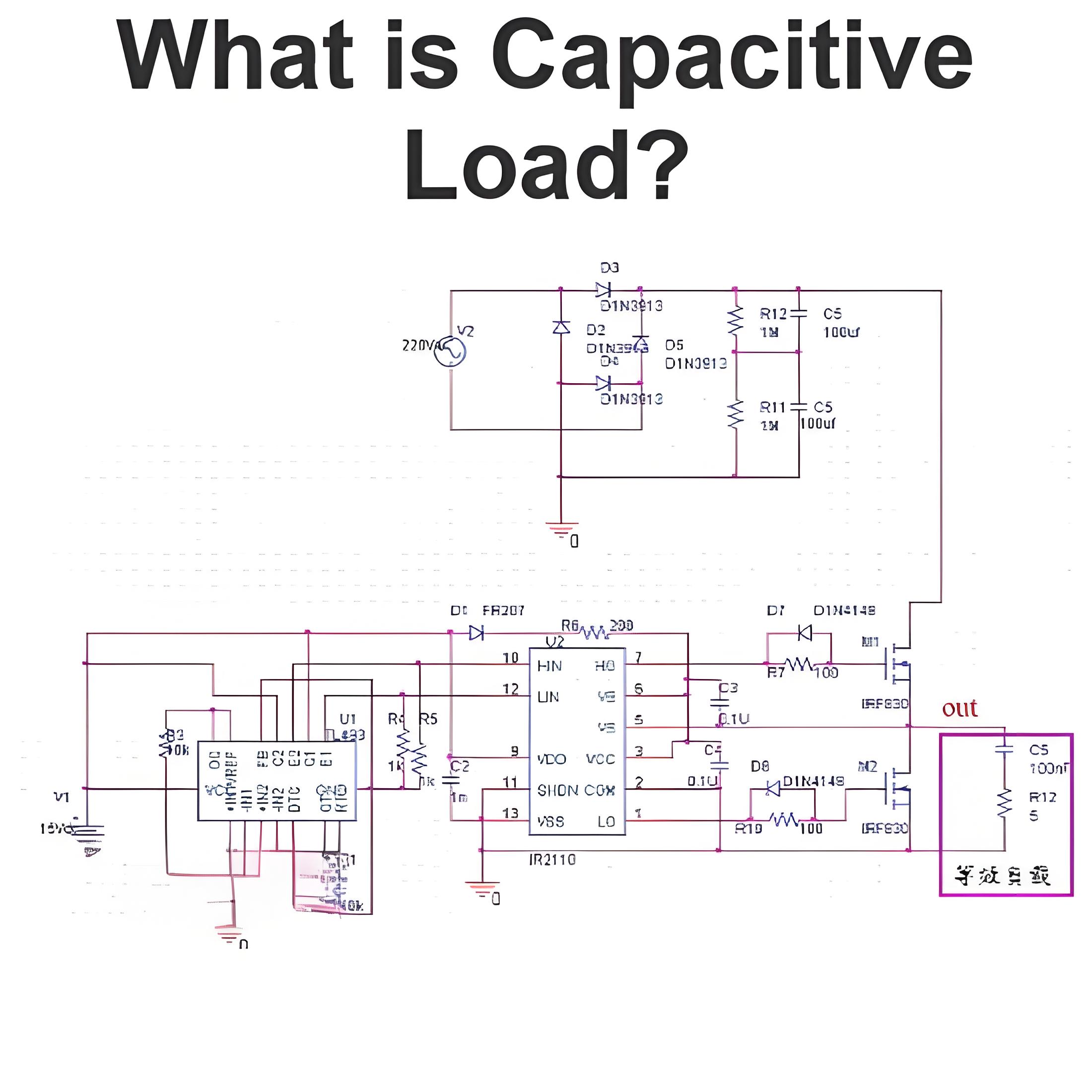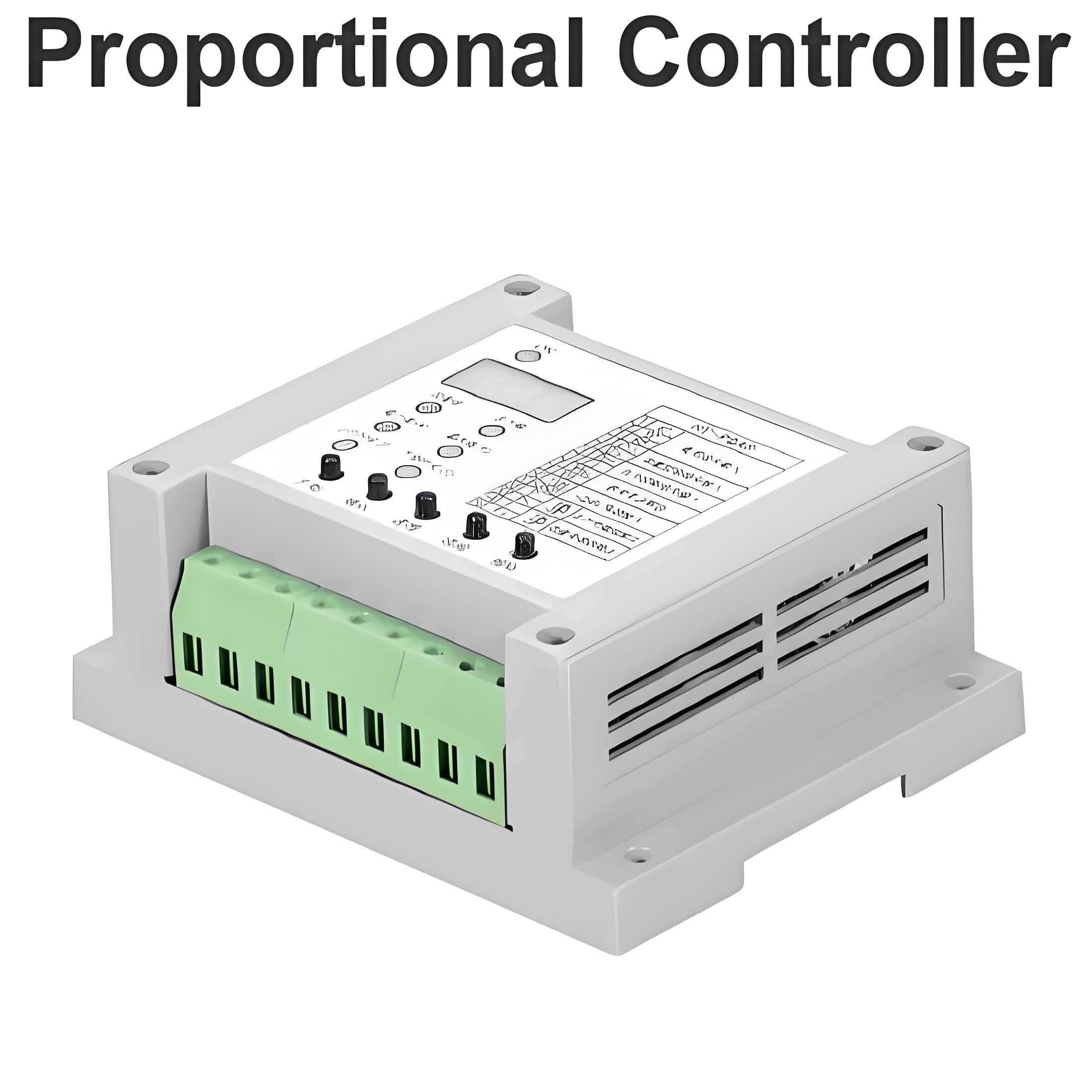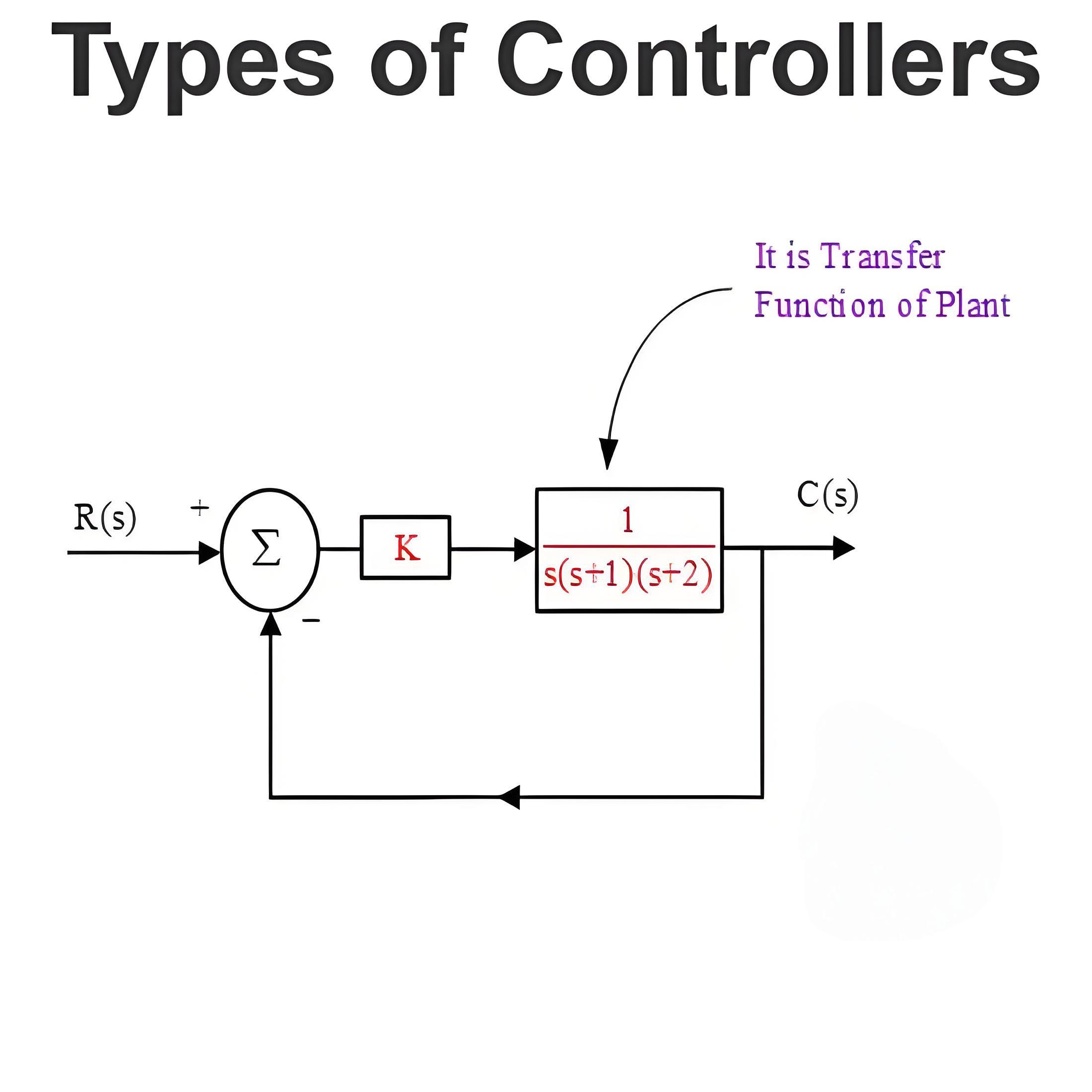What is Distance Protection Relay?
What is Distance Protection Relay?
Impedance Relay Definition
An impedance relay, also known as a distance relay, is defined as a device that triggers based on the electrical impedance measured from a fault’s location to the relay.
Working Principle of Distance or Impedance Relay
Impedance Relay Working Principle : The operation of an impedance relay is straightforward. It uses a voltage element from a potential transformer and a current element from a current transformer. The relay’s action depends on the balance between the restoring torque (from voltage) and the deflecting torque (from current).
Normal vs. Fault Conditions: Under normal conditions, the restoring torque (from voltage) exceeds the deflecting torque (from current), keeping the relay inactive. During a fault, increased current and reduced voltage shift this balance, activating the relay by closing its contacts. Thus, the relay’s function is determined by the impedance, or the voltage to current ratio.
Activation Threshold: The impedance relay activates when the voltage to current ratio, or impedance, falls below a predefined value. This typically indicates a fault within a specific, predetermined distance along the transmission line, as line impedance is proportionate to its length.
Types of Distance or Impedance Relay
There are mainly two types of distance relay–
Definite distance relay
This is simply a variety of balance beam relay. Here one beam is placed horizontally and supported by hinge on the middle. One end of the beam is pulled downward by the magnetic force of voltage coil, fed from potential transformer attached to the line.
Other end of the beam is pulled downward by the magnetic force of current coil fed from current transformer connected in series with line. Due to torque produced by these two downward forces, the beam stays at an equilibrium position. The torque due to voltage coil, serves as restraining torque and torque due to current coil, serves as deflecting torque.
Fault Response: In normal operations, the greater restraining torque keeps the relay contacts open. A fault within the protected zone causes a drop in voltage and an increase in current, lowering the impedance below set levels. This imbalance causes the current coil to dominate, tilting the beam to close the contacts and trip the associated circuit breaker.
Time distance relay
This delay automatically adjusts its operating time according to the distance of the relay from the fault point. The time distance impedance relay will not only be operated depending upon voltage to current ratio, its operating time also depends upon the value of this ratio. That means,

Construction of Time Distance Impedance Relay
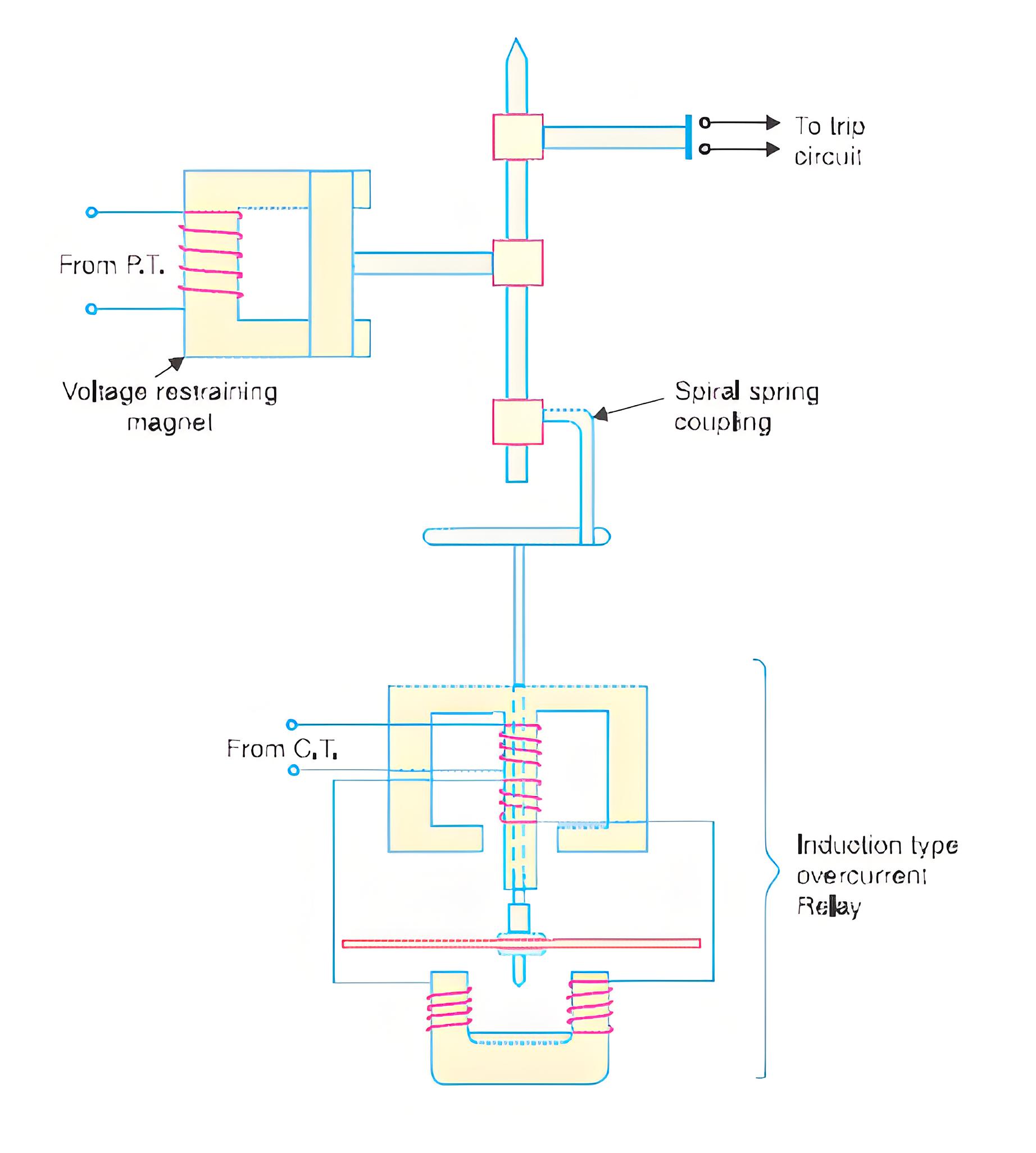
Relay Construction: The time distance impedance relay includes a current-driven element, such as a double-winding type induction overcurrent relay. Its mechanism involves a spindle with a disc, connected via a spiral spring to another spindle that manages the relay contacts. An electromagnet, energized by the circuit’s voltage, holds these contacts open under normal conditions.
Operating Principle of Time Distance Impedance Relay
During normal operating condition the attraction force of armature fed from PT is more than force generated by induction element, hence relay contacts remain in open position when a short circuit fault occurs in the transmission line, the current in the induction element increases.
Then the induction in the induction element increases. Then the induction element starts rotating. The speed of rotation of induction elements depends upon the level of fault i.e. quantity of current in the induction element. As the rotation of the disc proceeds, the spiral spring coupling is wound up till the tension of the spring is sufficient to pull the armature away from the pole face of the voltage excited magnet.
The angle through which the disc travels the disc travel before relay operate depends upon the pull of the voltage excited magnet. The greater the pull, the greater will be the travel of the disc. The pull of this magnet depends upon the line voltage. The greater the line voltage the greater the pull hence longer will be the travel of the disc i.e. operating time is proportional to V.
Again, speed of rotation of induction element approximately proportional to current in this element. Hence, time of operation is inversely proportional to current.
Therefore time of operation of relay,
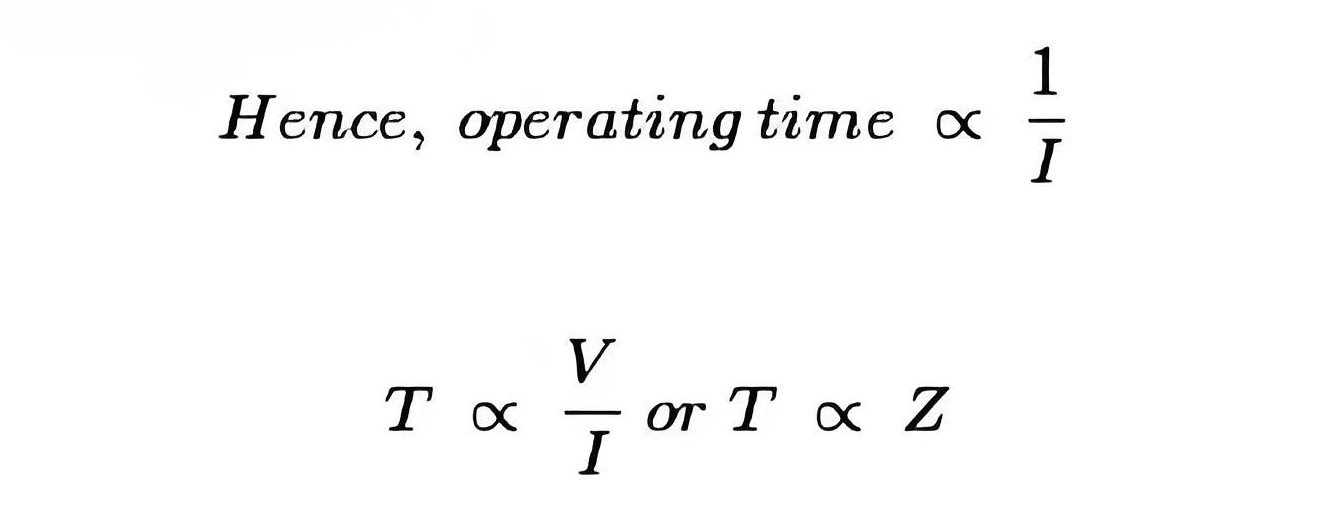
Welcome to our electricity community! Established to facilitate the exchange and cooperation in the electricity industry and bridge professionals, enthusiasts, and related enterprises.


